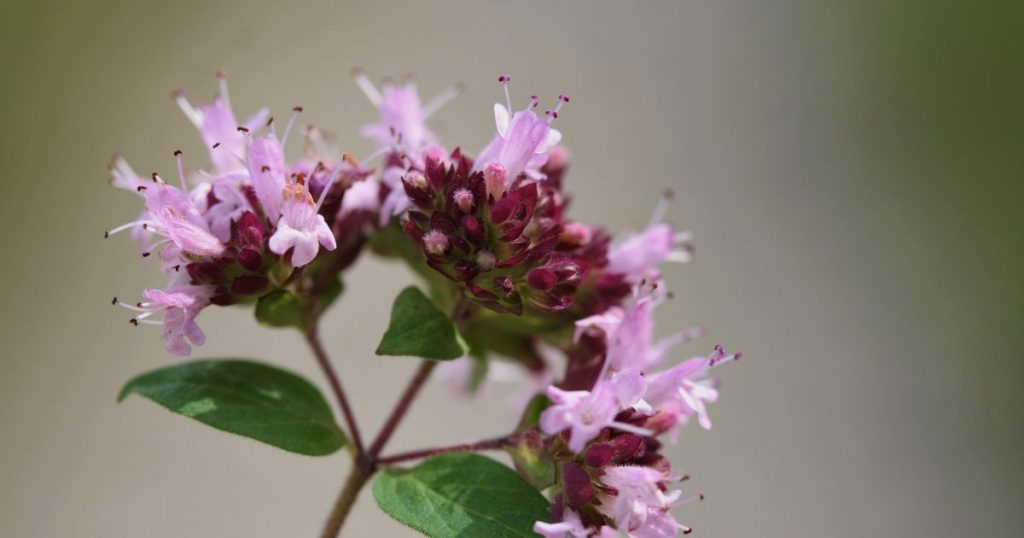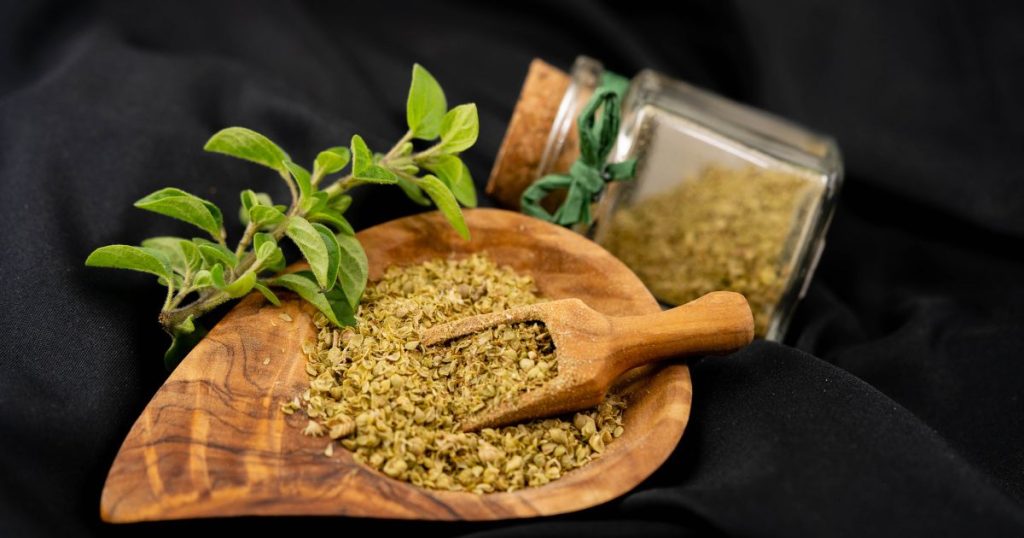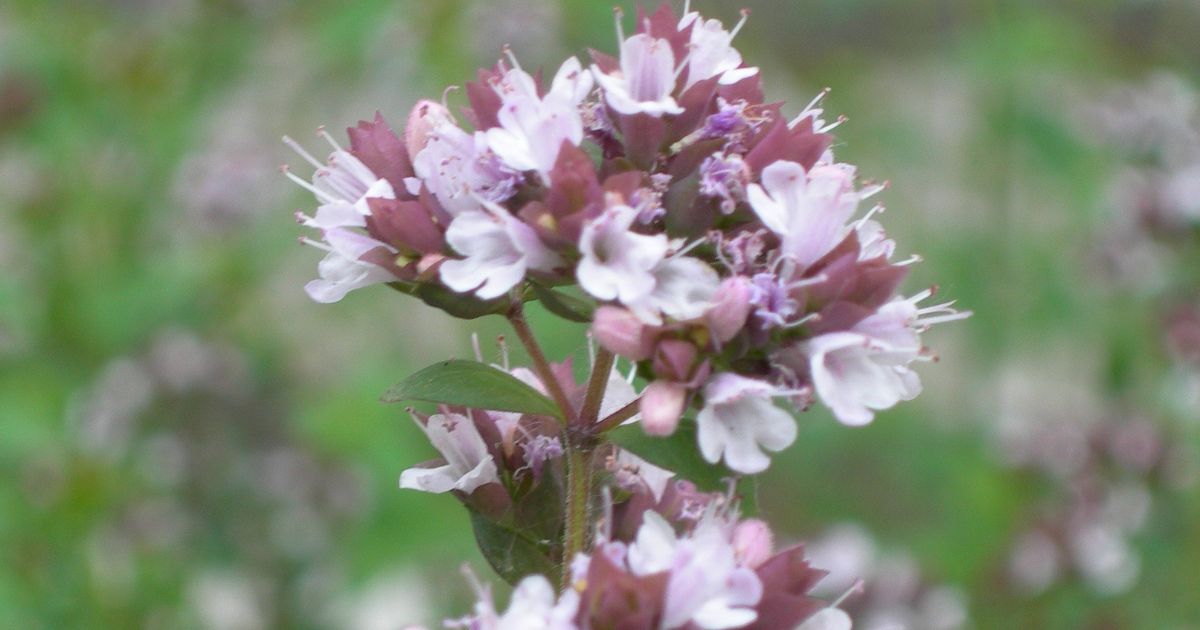MEXICAN OREGANO FLOWERS
Have you ever thought of planting Mexican oregano flowers in your kitchen garden to take advantage of their pleasant aroma and use them in instant recipes to take them to another level?
Its name means “joy of the mountain.” It grows in all types of climates and soils. Its flavor is strong, bitter, spicy, and minty. Also known as wild marjoram, oregano (Origanum vulgare) is an aromatic plant used in cooking and medicine. It belongs to the Lamiaceae family. Its oval, dark green leaves give off an intense scent. It can be grown under warm conditions in gardens, orchards, and indoors in pots.

Characteristics of Mexican Oregano Flowers
It is a shrubby plant, which is characterized by being very aromatic. Its growth is 0.70 to 2.5 m in height. Leaves: 1 to 3 cm long and 0.5 to 1.5 cm wide, opposite, alternate, and oval-shaped, entire, toothed, serrated, or lobed with a rough texture and light hairs.
Habitat
It is a xerophilous scrub that maintains a temperature of up to 24 degrees Celsius. Rainwater is sufficient, so it doesn’t require extra water. It is an adaptive species that adapts to climate conditions, preferably dry and semi-dry climates. It requires a pH 7.3 to 8.5.
Ornamental Features
Oregano is a bushy plant with colorful blooms that attract bees and pollinators and are very beneficial in terms of maintaining the biological ecosystem. Its bushy plants can also be used in home decoration. It has large, attractive leaves with a decent aroma. Oregano is hardy and drought-resistant, requiring low watering, and is considered low-water landscaping.
Landscape Attributes
- It is a woody plant used as an ornamental plant and culinary as well
- It requires direct sunlight for up to 6 hours a day. In the case of shade, it directly affects the quantity of flowers.
- It reaches a 3-4 cm height with a width of 3-5 cm.
- It blooms from spring to late summer.
- They remain evergreen in warm climates.
Planting and Growing of Mexican Oregano Flowers
1. Place the oregano plant in a sunny location and make sure the soil is well-drained to avoid waterlogging.
2. Water it regularly, avoiding excess water that can cause root rot.
3. During rainy seasons, move the plant to a protected location, such as a wall or an unheated greenhouse, to avoid moisture damage.
4. After flowering, trim the stems to keep the plant compact and promote healthy growth.
5. Feed the plant with a liquid fertilizer to ensure optimal leaf and flower production, essential for culinary use. Since these plants require little maintenance, a general-purpose garden fertilizer will suffice. Only equal amounts of nitrogen, phosphorus, and potassium are required.
In cooking, its leaves are used as a spice to season meats, fish, poultry, sauces (especially tomato sauce), salads, pasta, pizzas, and broths. It is also an essential ingredient in the flavoring of pozole, one of the most traditional dishes in Mexico, where this herb is used primarily for culinary purposes.
Its medicinal properties (high mineral and acid content) help relieve headaches, stomachaches, sore throats, joint pain, and toothaches. They also help prevent heart problems, digestive problems, and constipation. They also relieve coughs, asthma, and colds.
Furthermore, it stands out for its great economic potential and significant international demand, thanks to its uses in the pharmaceutical and cosmetic industries. In Mexico, oregano production exceeds 80 tons. Thus, all its benefits and uses make it one of the most widely used products in the world.

Uses Of Mexican Oregano Flowers
Mexican or wild oregano is also used as a medicinal plant. It is primarily used for respiratory conditions such as colds, asthma, bronchitis, coughs, and catarrh; it is also used to treat diabetes, earaches, fever, digestive disorders such as diarrhea, cramps, and indigestion, respiratory and intestinal infections caused by various bacteria, fungal infections, and viruses.
It is also used against intestinal parasites, as an anti-inflammatory, as an analgesic (especially for headaches, stomach pain, and toothaches), as an antioxidant, to “decrease” menstruation, and as a diuretic (increases urine production), among other uses. Because it is potentially abortive, it is recommended to moderate its use during pregnancy. The parts of the plant richest in essential oil are the leaves and stems.
If you’ve never tried Mexican oregano and want to really immerse yourself in its flavor to get to know it better, we recommend starting with Mexican oregano tea. It will really allow you to experience the different flavor elements before adding it to other recipes.
Mexican oregano is obviously quite common in Mexican dishes. It’s especially prevalent in recipes for pozole, mole, quesabirria, enchilada sauces, and more. Regardless of what you decide to use it with, you’ll love the way it incorporates an element of sweetness and brightens your dish with citrus notes.
Potential health benefits of Mexican oregano:
These are the health benefits of using Mexican oregano leaves.
- Reduce blood pressure
- Relieve pain and cramps naturally.
- Reduce inflammation
- Have antibacterial and antiviral properties.
- Help with bronchial, lung, and thoracic health
- Benefiting overall health due to high levels of antioxidants to combat oxidative stress
How to plant Mexican oregano plant
Flavor profile of Mexican oregano:
If you want to check it, you will come across that it tastes like a light note of pepper and anise together.
What is the difference between Mexican oregano and Mediterranean oregano?
Although the flavor differences between these two herbs can be subtle, Mexican oregano has its own unique qualities that distinguish it from its Mediterranean cousin.
How to make Mexican oregano tea with hibiscus and cardamom
You can make Mexican flowers drink to freshen up your mood.
Ingredients
- 16 ounces of water
- 1 teaspoon dried Mexican oregano
- 1 teaspoon dried hibiscus leaves
- 2 crushed cardamom pods
- 1 tablespoon of honey
- 1 tablespoon lemon juice
Procedure
- Bring the water to a boil in a small pot.
- Once the water has come to a boil, turn off the heating element and add the oregano, hibiscus, and cardamom pods.
- Let the ingredients sit for about 5 minutes and strain.
- Serve your tea hot with a lemon wedge, or pour it over ice for a refreshing summer treat
FAQS
Can you eat Mexican oregano flowers?
Oregano flowers are edible and safe to consume. They offer a subtle flavor and make a lovely garnish or salad addition. You can also infuse them into oils and vinegars for added taste and visual appeal.
Is oregano still good if it flowers?
Unlike some herbs that lose flavor after blooming, oregano keeps its bold taste, though slightly milder. The edible flowers provide a gentler version of the herb’s spice and can be used fresh in dishes or dried to make aromatic teas.
What is special about Mexican oregano?
Mexican oregano delivers a grassy, slightly nutty flavor with the familiar zing of classic oregano. Its bold, vibrant taste complements the rich, spicy flavors found in Mexican, South American, and Southwestern U.S. dishes, making it a staple in those regional cuisines.
Does oregano have healing properties?
A 2020 study revealed that oregano essential oil may support wound healing and reduce inflammation in human keratinocytes—skin cells vital for defending the outer skin layer against infections and environmental stress.
Does oregano change taste after flowering?
Oregano’s edible leaves, tender stems, and budding flowers hold the most flavorful oils just before full bloom. While it can still be harvested later in the season, the flavor may mellow or turn slightly bitter, especially during hot weather.







